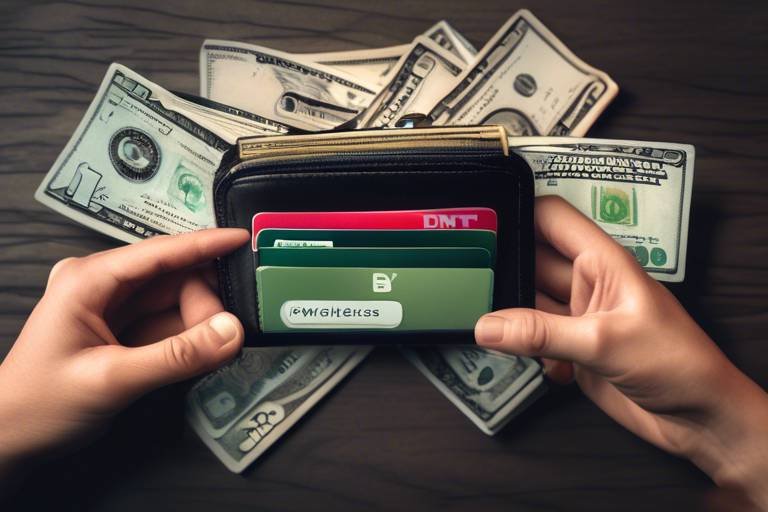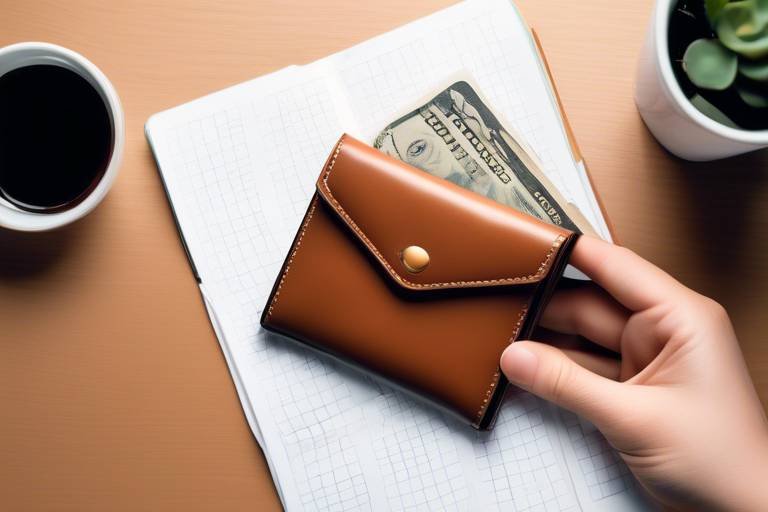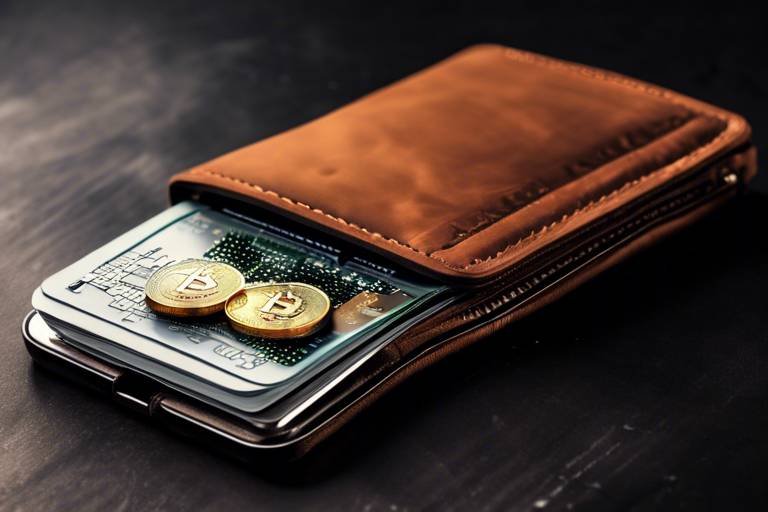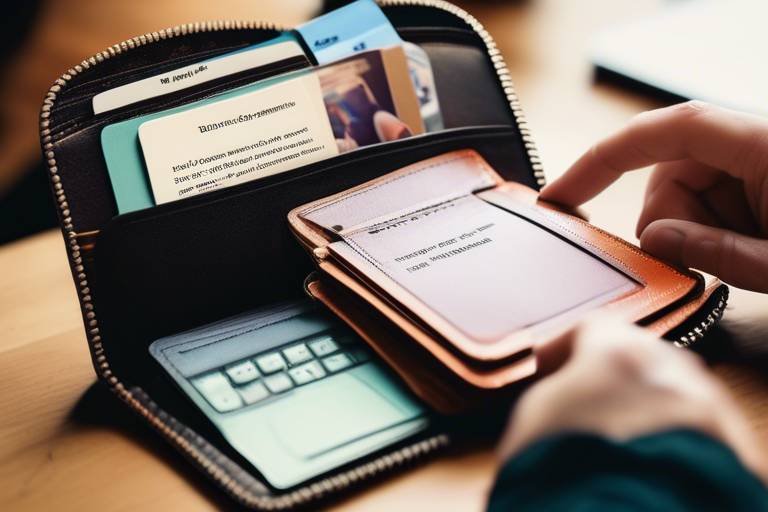How to Evaluate the Performance of Crypto Wallets
In the ever-evolving world of cryptocurrency, choosing the right wallet can feel like navigating a maze. With numerous options available, each boasting unique features and benefits, how do you determine which one is the best fit for your needs? Evaluating the performance of crypto wallets involves a multifaceted approach, considering factors such as security, usability, and features. This article serves as your guide, providing insights that will help you make an informed decision and safeguard your digital assets effectively.
First and foremost, it's essential to understand the different types of wallets available. Crypto wallets can generally be categorized into three main types: hardware wallets, software wallets, and paper wallets. Each of these has its own set of characteristics and security levels, which can influence their performance. For instance, hardware wallets are often regarded as the most secure option, as they store your private keys offline, making them less susceptible to hacking. On the other hand, software wallets offer greater convenience and accessibility, but they come with increased risks.
When evaluating a wallet, security should be your top priority. After all, if your assets are not secure, all other features become irrelevant. Look for wallets that offer robust security measures such as two-factor authentication (2FA), encryption standards, and reliable backup options. These features play a crucial role in protecting your assets from unauthorized access and potential loss. For instance, 2FA requires users to verify their identity through two different methods, adding an extra layer of security that significantly reduces the risk of hacking.
Moreover, usability and user experience are critical factors that can make or break your interaction with a crypto wallet. A wallet with a clunky interface or poor customer support can lead to frustration and confusion. Therefore, it’s vital to assess the interface design and customer support options offered by the wallet. A well-designed interface should be intuitive and user-friendly, allowing you to manage your assets with ease. Furthermore, responsive customer support can be a lifesaver when you encounter issues or have questions about your wallet.
Transaction fees and limits also play a significant role in evaluating a wallet's performance. Different wallets have varying fee structures, including fixed, variable, or percentage-based fees. Understanding these costs is essential for determining the overall value of the wallet and how it aligns with your trading habits. Additionally, be aware of any withdrawal and deposit limits that may affect your ability to access your funds when needed.
Compatibility and integration with various cryptocurrencies and exchanges are equally important. Not all wallets support the same cryptocurrencies, so it’s crucial to verify that the wallet you choose can handle your entire portfolio. Furthermore, seamless integration with exchanges can greatly enhance your trading experience, allowing for quick transfers and trades without unnecessary delays.
Finally, evaluating performance metrics and user reviews can provide valuable insights into a wallet's reliability. Analyzing feedback from other users can reveal common issues and strengths, guiding you toward better choices. Performance benchmarks, such as transaction speed and downtime, should also be considered to ensure that your chosen wallet meets your needs effectively.
- What is the safest type of crypto wallet? Hardware wallets are generally considered the safest due to their offline storage of private keys.
- How important is two-factor authentication? Very important! 2FA adds a significant layer of security to your wallet.
- Can I use multiple wallets? Absolutely! Many users choose to use a combination of wallets for enhanced security and convenience.
- What should I do if I lose access to my wallet? Always ensure you have backup options in place, such as recovery phrases or backup keys.
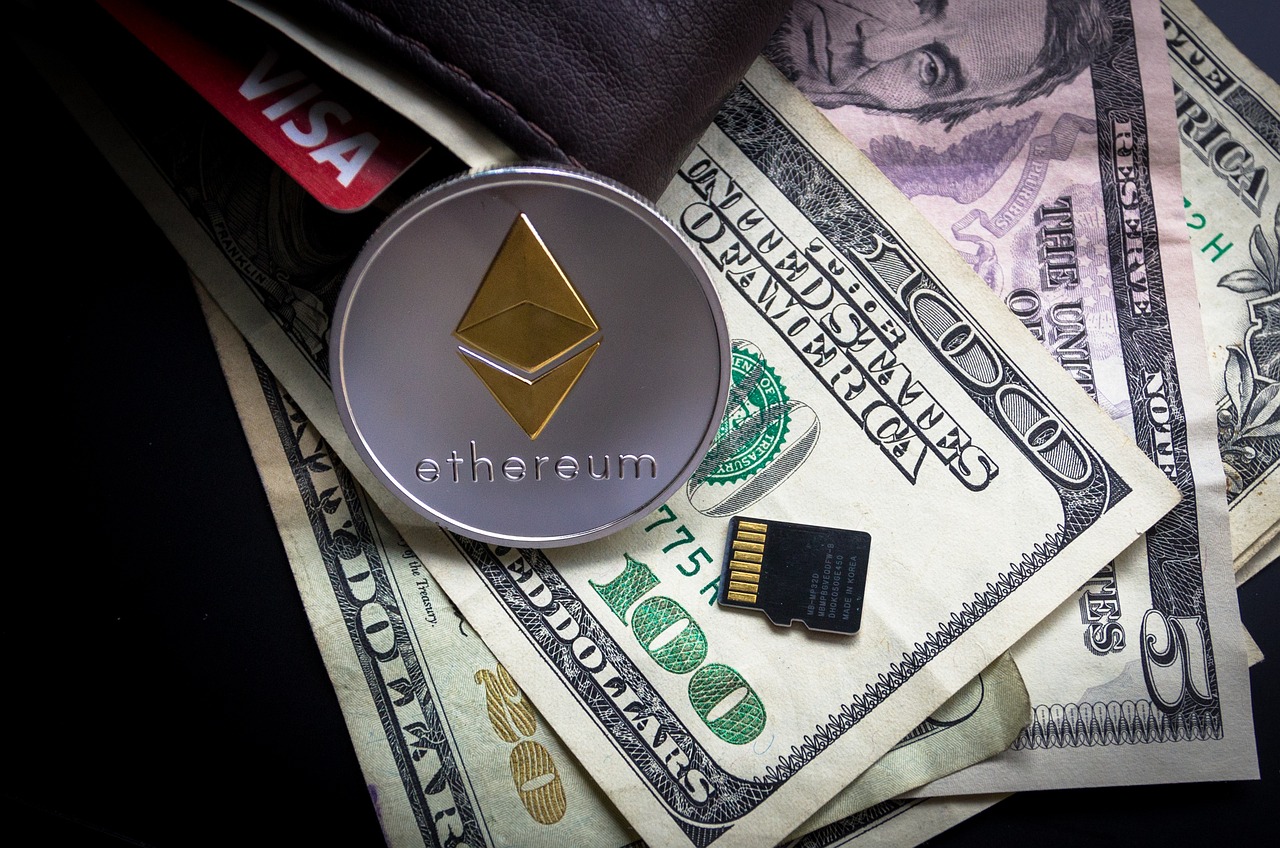
Understanding Wallet Types
When it comes to managing your cryptocurrency, understanding the different wallet types is crucial. Each type of wallet offers distinct features, security levels, and usability, catering to various needs and preferences among users. The three main types of wallets are hardware wallets, software wallets, and paper wallets. Let's take a closer look at each of these options.
Hardware wallets are physical devices that store your private keys offline, making them one of the most secure options available. These wallets are designed to resist malware attacks and provide a high level of protection against unauthorized access. Users can easily connect them to their computers or mobile devices when needed, allowing for safe transactions without exposing sensitive information to the internet.
On the other hand, software wallets are applications that can be installed on your computer or mobile device. They come in two forms: desktop wallets and mobile wallets. Desktop wallets offer a higher level of security compared to online wallets, as they store your keys on your personal computer. However, they are still vulnerable to malware or hacking attempts if your device is compromised. Mobile wallets, while more convenient for everyday transactions, can also be susceptible to security risks if not properly protected.
Lastly, we have paper wallets, which are essentially physical printouts of your public and private keys. These wallets are offline and immune to online threats, making them a secure option for long-term storage. However, if you lose the paper or it gets damaged, you could lose access to your crypto assets forever. Therefore, it's essential to store paper wallets in a safe place, much like you would with physical cash or important documents.
To summarize, here’s a quick comparison of the three wallet types:
| Wallet Type | Security Level | Usability | Best For |
|---|---|---|---|
| Hardware Wallet | High | Moderate | Long-term storage |
| Software Wallet | Moderate | High | Daily transactions |
| Paper Wallet | Very High | Low | Cold storage |
Choosing the right wallet type ultimately depends on your individual needs. If you prioritize security above all else, a hardware wallet may be your best bet. For those who prefer convenience and ease of use, software wallets are an excellent option. And if you're looking to store your assets offline for an extended period, a paper wallet could be the ideal choice. Understanding these wallet types is the first step in ensuring your cryptocurrency is safe and easily accessible.
- What is the safest type of crypto wallet? Hardware wallets are generally considered the safest due to their offline storage capabilities.
- Can I use multiple wallet types? Yes, many users opt for a combination of wallet types to balance security and convenience.
- How do I choose the right wallet for my needs? Consider factors such as security, usability, and the specific cryptocurrencies you plan to store.
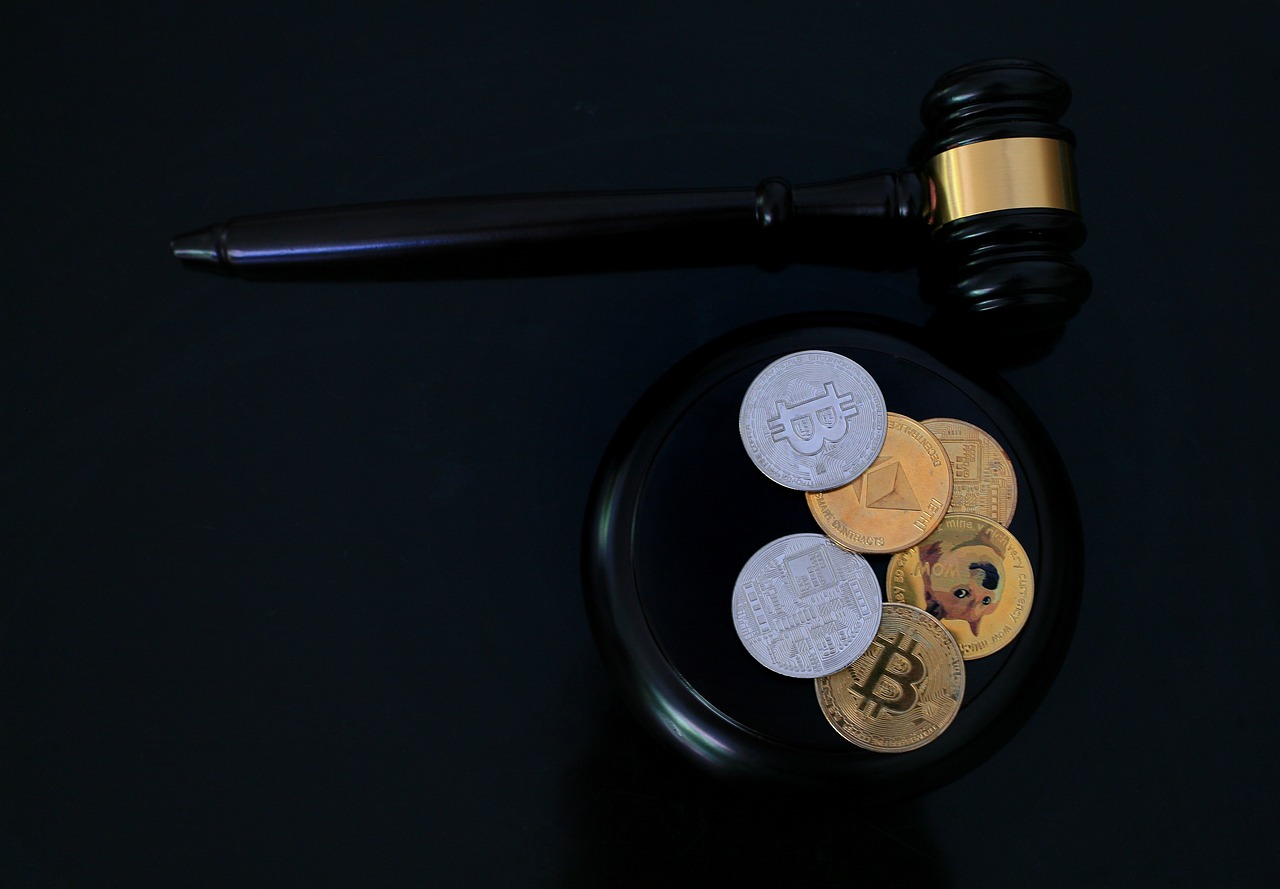
Security Features to Consider
When it comes to choosing a crypto wallet, security should be at the forefront of your decision-making process. After all, you wouldn't leave your front door wide open when you leave your house, right? The same principle applies to your digital assets. A robust wallet will offer a variety of security features designed to protect your investments from potential threats. Here are some key aspects to consider:
First and foremost, two-factor authentication (2FA) is a must-have feature. This adds an extra layer of security by requiring users to provide two forms of verification before accessing their wallets. Imagine it as having a double lock on your door; it makes it significantly harder for intruders to gain access. There are different methods of 2FA, including SMS codes, authenticator apps, and hardware tokens, each with its own pros and cons. For instance, while SMS is convenient, it may not be as secure as using an authenticator app or a hardware token, which is less susceptible to hacking.
Next up is encryption standards. Encryption is like a strong vault that secures your wallet data from prying eyes. Different wallets implement various encryption protocols, and understanding these can give you insights into how well your data is protected. For example, wallets that use AES-256 encryption are generally considered to offer a higher level of security compared to those that use weaker algorithms. Always look for wallets that clearly state their encryption standards to ensure your assets are well-protected.
Additionally, backup options are crucial. A good wallet should allow users to back up their data easily. This means you can restore your wallet if your device is lost or damaged. Think of it as having an insurance policy for your assets. Without a proper backup, you risk losing everything in the blink of an eye. Many wallets offer seed phrases or recovery keys that you can store securely offline, ensuring you can regain access to your funds even if something goes wrong.
Finally, regular updates and community trust are essential indicators of a wallet’s security. Wallets that are frequently updated are more likely to fix vulnerabilities and improve their security features. Moreover, a wallet with a strong community reputation usually has undergone rigorous testing and scrutiny. Always check user reviews and forums to gauge the wallet's reliability and security track record before making a commitment.
In summary, when evaluating a crypto wallet, ensure it provides robust security features such as two-factor authentication, strong encryption, reliable backup options, and a history of regular updates. By prioritizing these aspects, you can safeguard your digital assets and enjoy peace of mind while navigating the world of cryptocurrency.
- What is two-factor authentication and why is it important?
Two-factor authentication (2FA) requires users to provide two forms of verification, enhancing security by making unauthorized access much more difficult.
- How can I ensure my wallet is secure?
Look for wallets that offer strong encryption, backup options, and regular updates. Additionally, consider user reviews and community trust.
- What should I do if I lose my wallet?
If your wallet has backup options, you can restore access using your seed phrase or recovery keys. Always store these securely.
- Are hardware wallets safer than software wallets?
Generally, hardware wallets are considered safer because they store your assets offline, making them less vulnerable to hacking attempts.
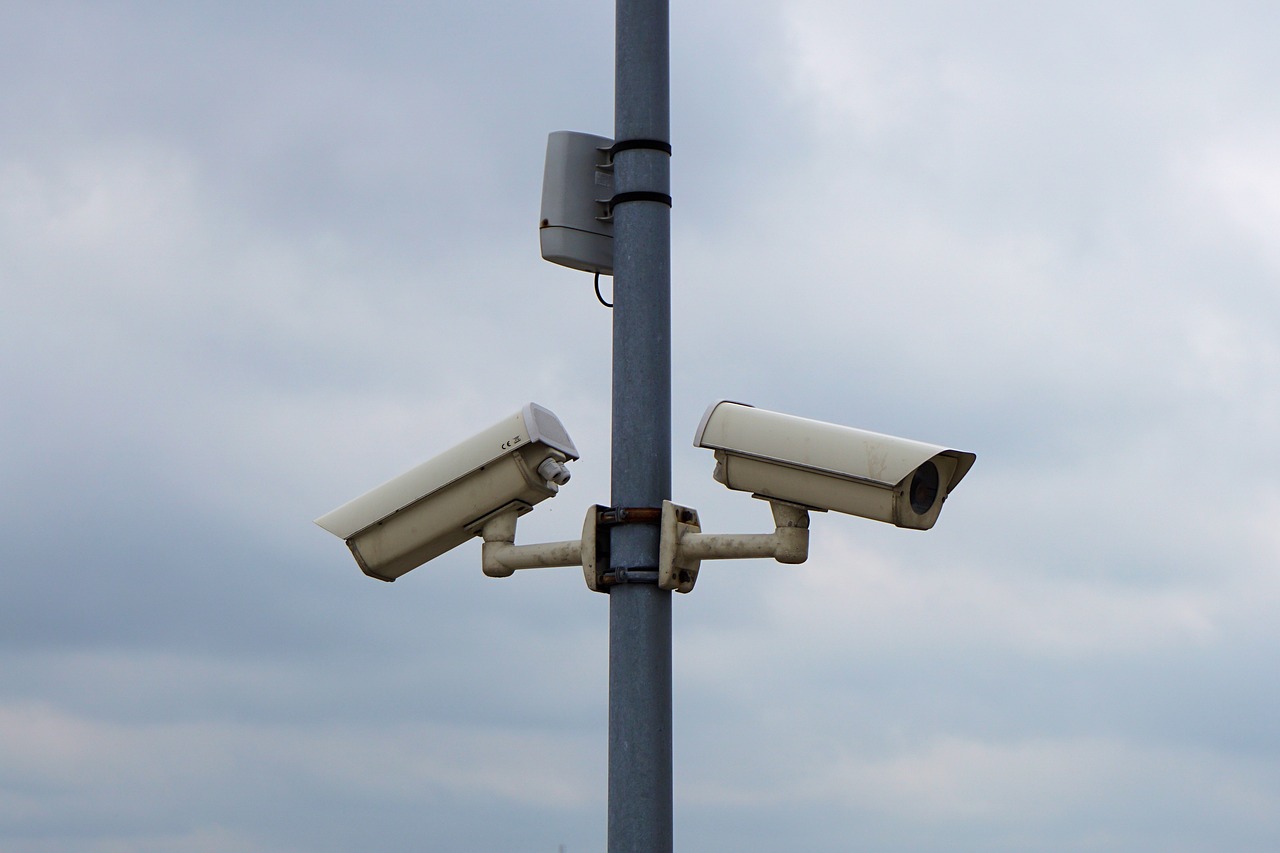
Two-Factor Authentication
This article explores various criteria for assessing crypto wallet performance, including security, usability, and features, helping users choose the best option for their needs.
Different types of crypto wallets exist, such as hardware, software, and paper wallets. Each type has unique features and security levels, influencing their performance and suitability for various users.
Security is paramount in crypto wallets. Key features like two-factor authentication, encryption, and backup options play a crucial role in protecting assets and ensuring the wallet's reliability.
Two-factor authentication (2FA) is like having a double lock on your front door; it adds an extra layer of security that can significantly reduce the risk of unauthorized access to your crypto wallet. Instead of relying solely on a password—something that can be easily hacked or stolen—2FA requires users to provide two forms of verification before they can access their funds. This could be something you know (like your password) and something you have (like your smartphone or a hardware token).
Imagine you're at a party, and the bouncer only lets you in if you show your ID and say a secret password. This is essentially how 2FA works, and it’s becoming a standard practice in the crypto world. Users can choose from several methods of 2FA, including:
- SMS Verification: A code is sent to your mobile phone, which you must enter to access your wallet.
- Authenticator Apps: Apps like Google Authenticator or Authy generate time-sensitive codes that you enter as a second form of verification.
- Hardware Tokens: Physical devices that generate codes or require physical access to authenticate.
Each of these methods has its own set of advantages and vulnerabilities. For instance, while SMS verification is convenient, it can be susceptible to SIM swapping attacks. On the other hand, hardware tokens offer robust security but may not be as user-friendly for everyone.
Implementing two-factor authentication is essential for safeguarding your crypto assets. It’s not just about enhancing security; it’s about building user confidence in the wallet's ability to protect their investments. In a world where cyber threats are becoming increasingly sophisticated, having that extra layer of security can mean the difference between keeping your assets safe and losing everything to a hacker.
In conclusion, when evaluating crypto wallets, prioritize those that offer reliable and effective two-factor authentication options. This feature not only fortifies your wallet but also provides peace of mind, knowing that your hard-earned investments are better protected.
A wallet's usability significantly affects user satisfaction. Factors such as interface design, ease of navigation, and customer support contribute to a positive user experience.
A well-designed interface enhances usability, making it easier for users to manage their assets. Intuitive layouts and clear instructions can improve overall satisfaction and efficiency.
Access to responsive customer support is crucial. Users should evaluate the availability and quality of support channels, such as live chat, email, or community forums, when choosing a wallet.
Transaction fees and limits can vary widely between wallets. Understanding these costs is essential for users to evaluate the wallet's overall value and suitability for their trading habits.
Wallets may have different fee structures, including fixed, variable, or percentage-based fees. Users should analyze these structures to determine the most cost-effective option for their needs.
Limits on deposits and withdrawals can impact usability. Users should be aware of these constraints to ensure the wallet aligns with their transaction requirements and trading strategies.
Wallet compatibility with various cryptocurrencies and exchanges is vital. Users should assess how well a wallet integrates with their existing ecosystem to optimize their trading experience.
Not all wallets support the same cryptocurrencies. Users should verify the range of supported assets to ensure they can manage their entire portfolio within a single wallet.
Seamless integration with exchanges can enhance usability. Users should look for wallets that allow easy transfers and trading capabilities, streamlining their overall crypto management process.
Evaluating performance metrics and user reviews can provide insights into a wallet's reliability. Analyzing feedback from other users can help potential users make informed decisions.
User ratings and feedback are valuable resources for assessing wallet performance. Analyzing reviews can reveal common issues and strengths, guiding users toward better choices.
Performance benchmarks, such as transaction speed and downtime, are critical for evaluating wallet efficiency. Users should consider these metrics to ensure their chosen wallet meets their needs effectively.
- What is two-factor authentication?
Two-factor authentication (2FA) is a security measure that requires two forms of verification before granting access to your wallet. - Why is 2FA important?
2FA adds an extra layer of security, making it significantly harder for unauthorized users to access your crypto assets. - What are the types of 2FA?
The common types of 2FA include SMS verification, authenticator apps, and hardware tokens. - Can I use 2FA on all crypto wallets?
Not all wallets offer 2FA, so it’s essential to check this feature before selecting a wallet.
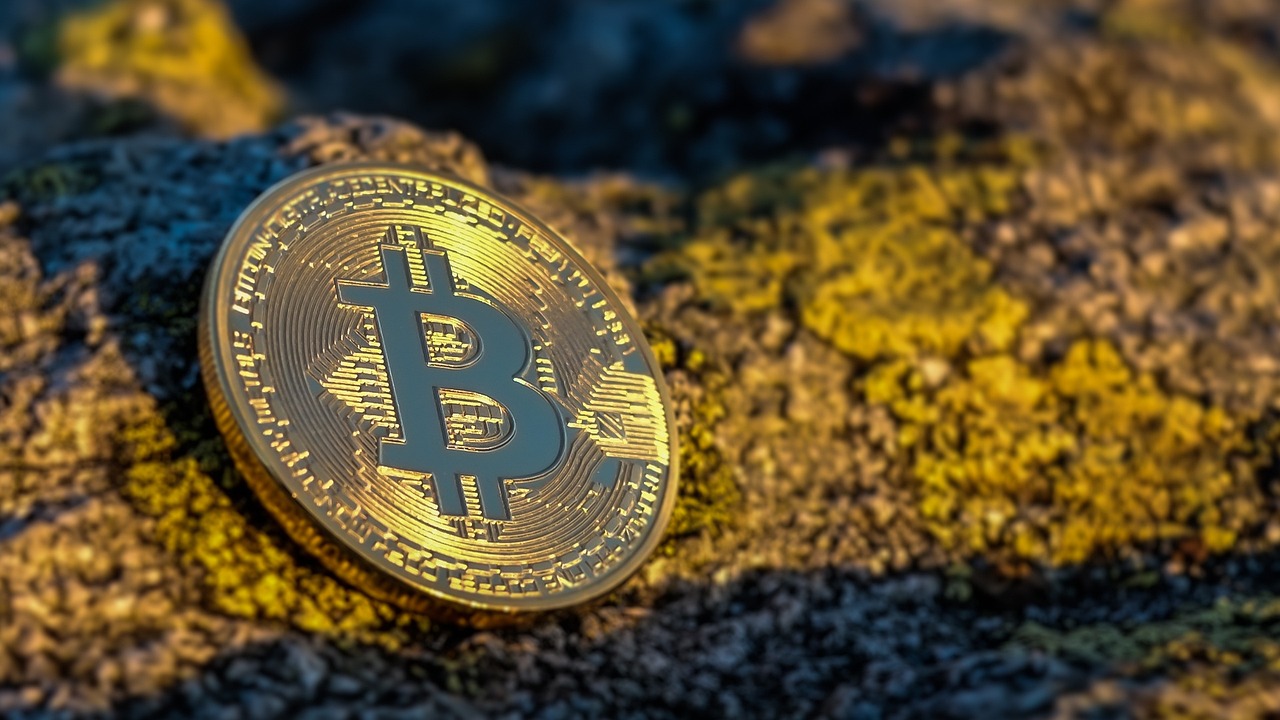
Types of 2FA
Two-factor authentication (2FA) is a critical security measure that adds an extra layer of protection to your crypto wallet. By requiring two forms of verification, it significantly reduces the chances of unauthorized access. There are several types of 2FA methods available, each with its own set of advantages and potential vulnerabilities. Understanding these options can help you choose the best method for your needs.
One of the most common methods of 2FA is SMS-based verification. This method sends a text message with a unique code to your registered mobile number every time you attempt to log in. While it is convenient, it is also susceptible to SIM swapping and phishing attacks. Therefore, while it adds a layer of security, it's not the most robust option available.
Another popular choice is the use of authenticator apps, such as Google Authenticator or Authy. These apps generate time-sensitive codes that you must enter when logging in. Because the codes are generated on your device and not sent over the network, they are generally considered more secure than SMS-based methods. However, if you lose access to your device, you may find it challenging to regain access to your wallet.
For those looking for the highest level of security, hardware tokens are an excellent option. These physical devices generate codes that are used for authentication. They are immune to online hacking attempts since they remain offline, making them a favorite among security-conscious users. However, they can be more expensive and less convenient to carry around compared to software solutions.
In summary, the choice of 2FA method should be based on your personal needs and security preferences. Here’s a quick comparison of the three types:
| 2FA Method | Advantages | Disadvantages |
|---|---|---|
| SMS-based | Easy to use; no extra apps needed | Vulnerable to SIM swapping |
| Authenticator Apps | More secure; codes generated offline | Loss of device can complicate access |
| Hardware Tokens | Highest level of security; offline | More expensive; less convenient |
Ultimately, implementing 2FA is essential for safeguarding your crypto assets. It not only enhances security but also builds user confidence in the wallet's ability to protect their investments. By carefully evaluating the types of 2FA available, you can make an informed decision that aligns with your security needs.
- What is 2FA, and why is it important?
2FA, or two-factor authentication, is a security process that requires two forms of identification before granting access to an account. It's important because it adds an extra layer of security, making it harder for unauthorized users to access your crypto wallet.
- Can I use multiple 2FA methods?
Yes, some wallets allow users to enable multiple 2FA methods for added security. However, it's essential to manage them carefully to avoid complications during login.
- What should I do if I lose my 2FA device?
If you lose your device, most wallets provide recovery options, such as backup codes or recovery phrases. It's crucial to keep these secure and accessible.

Importance of 2FA
Implementing two-factor authentication (2FA) is not just an option; it’s a necessity in today’s digital landscape, especially when it comes to securing your crypto assets. Think of 2FA as a double lock on your front door. While a strong password is like a solid door, adding 2FA ensures that even if someone manages to pick that lock, they still can’t get in without the second key. This extra layer of protection significantly reduces the risk of unauthorized access to your wallet.
When you enable 2FA, you are essentially telling potential intruders, "You can’t just waltz in here with my password alone." This is crucial because passwords can be compromised through various means, such as phishing attacks or data breaches. With 2FA, even if a hacker gets hold of your password, they would still need the second form of verification, which is typically something only you have.
Moreover, the implementation of 2FA not only enhances security but also builds user confidence in their chosen wallet. Users can feel more at ease knowing that their investments are better protected. This peace of mind can lead to a more engaging and satisfying experience when managing your crypto portfolio. It’s like having insurance on your valuables—knowing that you have taken steps to protect what matters most can make all the difference.
In summary, the importance of 2FA in crypto wallets cannot be overstated. It is a vital step in safeguarding your assets, enhancing your overall security, and boosting your confidence in the digital currency landscape. So, if you haven’t already, consider enabling 2FA on your wallet today!
- What is 2FA? - Two-factor authentication (2FA) adds an extra layer of security by requiring two forms of verification before accessing your account.
- How does 2FA improve security? - 2FA reduces the chances of unauthorized access, even if your password is compromised.
- What methods are commonly used for 2FA? - Common methods include SMS codes, authenticator apps, and hardware tokens.
- Is 2FA mandatory for crypto wallets? - While not mandatory, it is highly recommended for enhanced security.

Encryption Standards
When it comes to choosing a crypto wallet, understanding the it employs is crucial. Encryption acts as the digital fortress that protects your sensitive information and assets from prying eyes and malicious attacks. Think of it as a lock on your front door; without it, anyone can waltz right in and take what they want. The stronger the lock, the safer your belongings. In the world of crypto, the most commonly used encryption standards include AES (Advanced Encryption Standard), RSA (Rivest-Shamir-Adleman), and ECC (Elliptic Curve Cryptography).
AES is often hailed as the gold standard for data encryption. It uses symmetric key encryption, meaning the same key is used for both encrypting and decrypting data. This method is not only fast but also highly secure, making it a popular choice for wallets that prioritize user safety. On the other hand, RSA is an asymmetric encryption algorithm that utilizes a pair of keys—a public key for encryption and a private key for decryption. This dual-key mechanism adds an extra layer of security, making it nearly impossible for unauthorized users to gain access to your wallet without the private key.
ECC, while somewhat newer, is gaining traction due to its efficiency and security. It uses smaller keys to provide equivalent security to larger keys in RSA, which means faster processing and less storage space. For users, this translates to quicker transactions and a smoother experience when managing their crypto assets.
To help you understand the differences in these encryption standards, here's a simple comparison:
| Encryption Standard | Type | Key Size | Speed | Security Level |
|---|---|---|---|---|
| AES | Symmetric | 128/192/256 bits | Fast | High |
| RSA | Asymmetric | 1024/2048/4096 bits | Moderate | Very High |
| ECC | Asymmetric | 160/256 bits | Fast | High |
In addition to these standards, it's essential to consider how a wallet implements its encryption. For instance, does it encrypt data at rest (when it's stored) and in transit (when it's being sent over the internet)? A wallet that employs full-disk encryption and uses SSL (Secure Socket Layer) for data transmission is generally more secure than one that does not.
Ultimately, the choice of encryption standard can greatly influence the overall security of your crypto wallet. As you evaluate different wallets, take the time to understand their encryption practices. Remember, in the world of cryptocurrencies, knowledge is power, and being informed about encryption standards can help you safeguard your assets effectively.
- What is the most secure encryption standard for crypto wallets?
AES is widely regarded as one of the most secure encryption standards available, especially when used with longer key sizes.
- How do I know if my wallet uses strong encryption?
Check the wallet's documentation or website for information on its encryption methods and standards.
- Can I change the encryption settings in my wallet?
Most wallets do not allow users to change encryption settings, as they are typically pre-configured for security.

Usability and User Experience
When it comes to choosing a crypto wallet, usability and user experience are often the unsung heroes of the decision-making process. Think about it: if a wallet is packed with features but is as confusing as a maze, you might find yourself frustrated rather than empowered. A wallet that prioritizes usability will make managing your digital assets feel like a breeze rather than a chore. So, what should you look for to ensure you're getting a wallet that offers a smooth experience?
First off, interface design plays a critical role. A well-designed interface is like a well-organized toolbox; it allows you to find what you need quickly and efficiently. Look for wallets that boast intuitive layouts and clear instructions. This is especially important for newcomers who may feel overwhelmed by the complexities of cryptocurrency. A clean, user-friendly design can significantly enhance your overall satisfaction and efficiency when navigating through your assets.
Next, let's talk about customer support options. Imagine you’re in a situation where you need immediate assistance, perhaps due to a transaction issue or a security concern. Access to responsive customer support can make all the difference. Look for wallets that offer multiple channels for support, such as:
- Live chat
- Email support
- Community forums
Having these options available means you’re not left in the dark when you need help the most. A wallet that offers robust customer service will not only help you resolve issues but also instill confidence in your choice of wallet.
Another factor to consider is the mobile experience. With more users managing their crypto on-the-go, a wallet that is optimized for mobile devices can provide a seamless experience whether you’re at home or out and about. Check for features like mobile app availability and whether the app maintains the same level of usability as its desktop counterpart. A clunky mobile interface can lead to missed opportunities in trading or managing your assets.
Moreover, consider the learning curve. Some wallets are designed with beginners in mind, featuring guided tutorials and easily accessible resources. Others may cater to more experienced users, offering advanced features that could be overwhelming for novices. Understanding where you fit in this spectrum can help you choose a wallet that aligns with your level of expertise.
Finally, don't underestimate the importance of personal preferences. Your comfort level with technology, your trading habits, and even your aesthetic preferences can all influence your experience with a wallet. Some users might prefer wallets that offer a minimalist design, while others might appreciate a feature-rich interface. Take the time to explore different options and find the one that feels right for you.
Q1: What should I prioritize when choosing a crypto wallet?
A1: Focus on usability, security features, and customer support options. A wallet that is easy to navigate and offers reliable support will enhance your overall experience.
Q2: How important is customer support for crypto wallets?
A2: Extremely important! Responsive customer support can help you resolve issues quickly, which is crucial for managing your assets effectively.
Q3: Can I use a crypto wallet on my mobile device?
A3: Yes, many wallets offer mobile applications that provide a seamless experience for managing your crypto assets on-the-go.
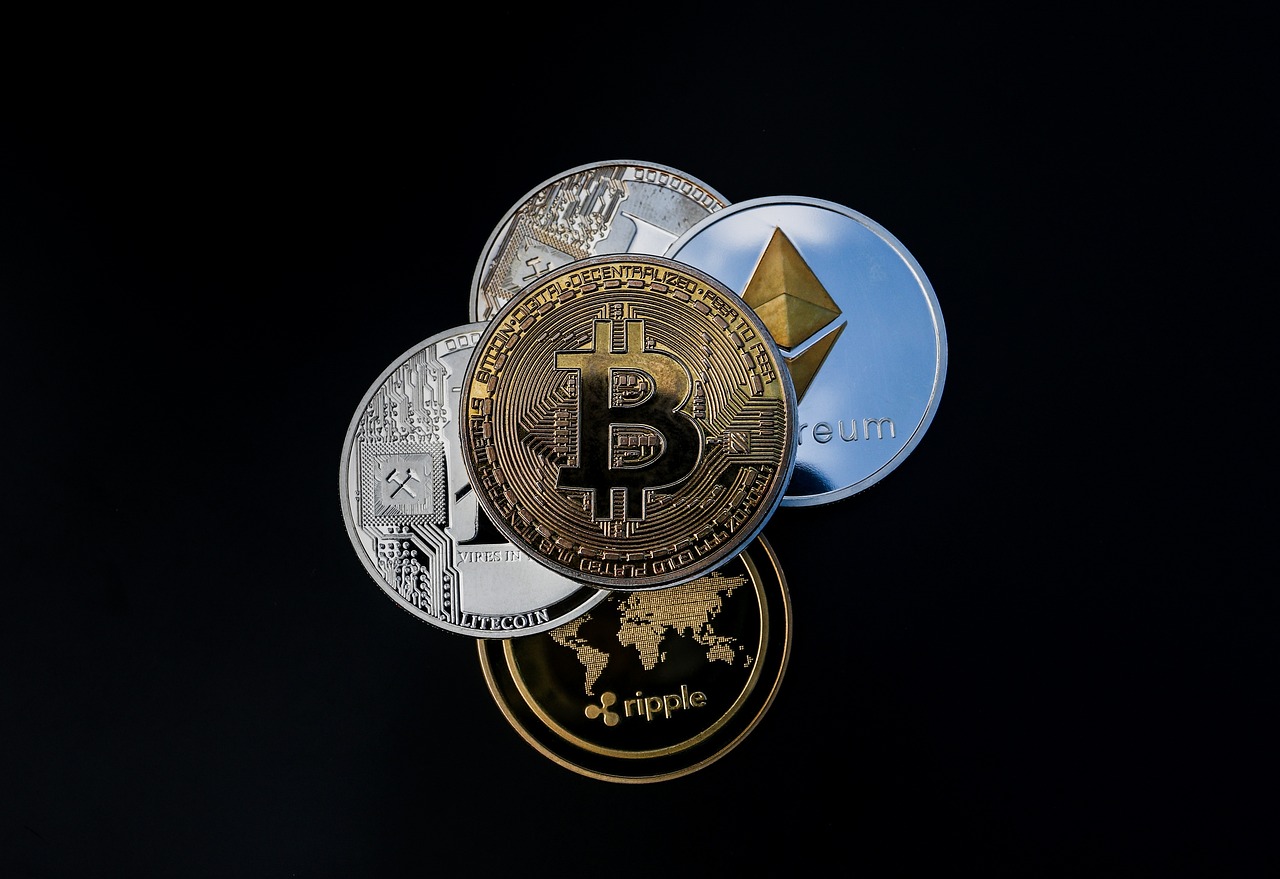
Interface Design
The of a crypto wallet is more than just a pretty face; it's the gateway through which users interact with their digital assets. A well-crafted interface can significantly enhance usability, making it easier for users to manage their portfolios effectively. Imagine trying to navigate a maze blindfolded—frustrating, right? That's how it feels when a wallet's interface is cluttered or poorly designed. Users should look for wallets that prioritize intuitive layouts and clear instructions, ensuring that even beginners can confidently navigate through their transactions.
When assessing a wallet's interface, consider the following key aspects:
- Clarity: The information should be presented clearly, with easy-to-read fonts and a logical flow of information.
- Navigation: Users should be able to find essential features, such as sending and receiving funds, with minimal clicks.
- Customization: Some wallets allow users to personalize their dashboards, which can enhance user satisfaction by tailoring the experience to individual preferences.
Furthermore, an effective interface should also incorporate responsive design principles. This means that whether you're accessing the wallet from a desktop, tablet, or smartphone, the experience remains seamless and engaging. A responsive design adjusts to different screen sizes without compromising functionality, making it crucial for users who are always on the go.
In addition to these features, consider how the wallet handles transactions. A streamlined process that minimizes the number of steps required to complete a transaction can save users time and reduce the potential for errors. For instance, if a wallet requires multiple confirmations or unnecessary information, it can lead to frustration and, in some cases, missed opportunities in the fast-paced crypto market.
Ultimately, the interface design of a crypto wallet can make or break the user experience. A wallet that prioritizes user-friendly design not only enhances satisfaction but also builds trust. After all, when it comes to managing your hard-earned crypto assets, you want a tool that feels secure, reliable, and easy to use. In the world of cryptocurrency, where every second counts, a well-designed interface can be the difference between a successful transaction and a missed opportunity.
- What should I look for in a crypto wallet's interface?
Look for clarity, ease of navigation, and responsive design that adapts to your device. - Is a customizable interface important?
Yes, customization can enhance your experience by allowing you to tailor the wallet to your preferences. - How does interface design impact security?
A well-designed interface can reduce user errors, which is crucial for maintaining the security of your assets.
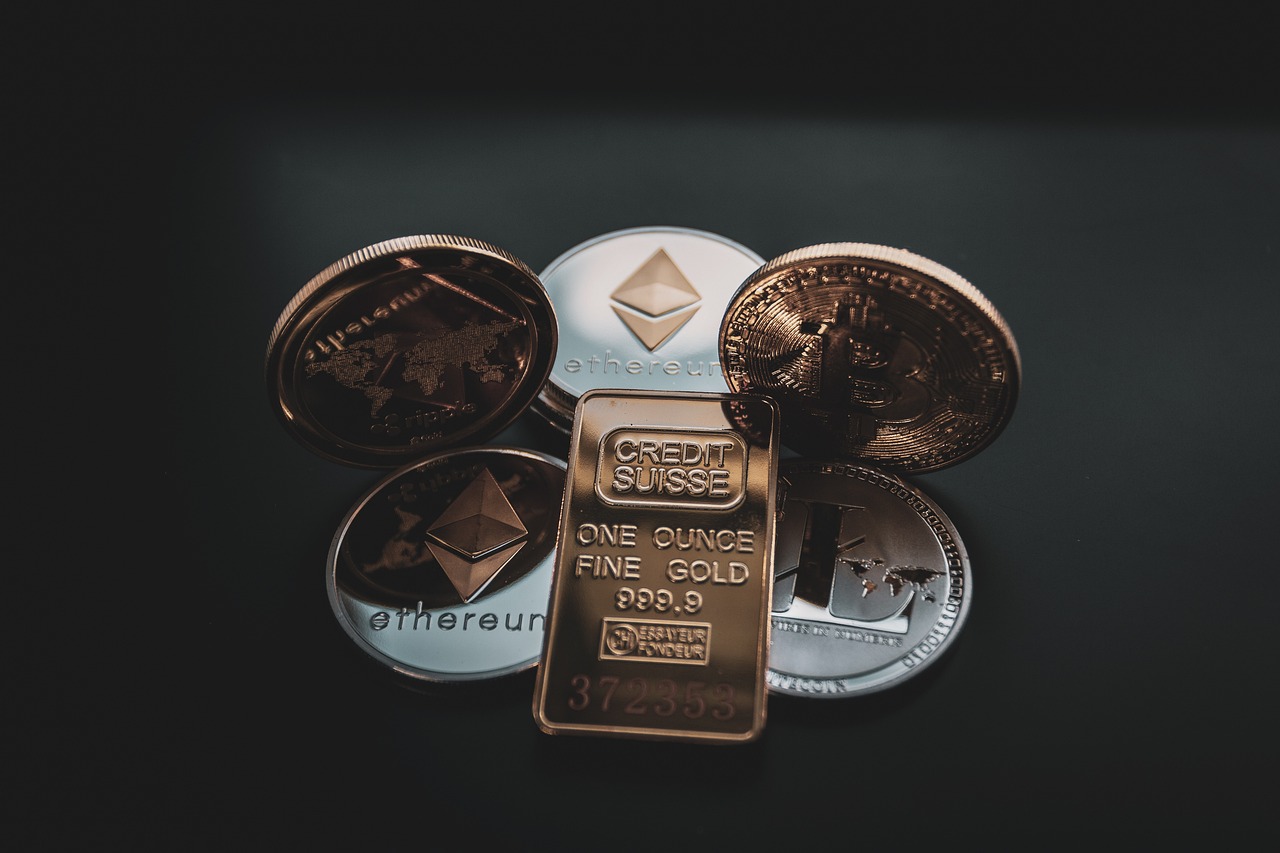
Customer Support Options
When it comes to choosing a crypto wallet, the availability of customer support can make a world of difference. Imagine you're in the middle of a transaction, and suddenly, you encounter an issue. You want to know that help is just a click away, right? That's why it's essential to evaluate the provided by your potential wallet. A wallet that offers responsive and comprehensive support can save you from a lot of headaches.
First and foremost, consider the variety of support channels available. Many wallets offer multiple ways to reach out for help, such as:
- Live Chat: Instant messaging support allows you to get answers quickly, which is crucial during urgent situations.
- Email Support: While it may not be as immediate as live chat, having a dedicated email support team can help resolve more complex issues.
- Community Forums: These platforms allow users to share experiences and solutions, often leading to quicker resolutions.
Next, the quality of support is just as important as the availability. You want to ensure that the support team is knowledgeable and can provide accurate information. Reading through user reviews can give you a clearer picture of how effective the customer support is. If you find consistent praise for a wallet's support team, it's a good sign that they prioritize user assistance.
Another factor to consider is the response time. A wallet that takes ages to reply to queries can be frustrating, especially when you're trying to resolve a pressing issue. Look for wallets that guarantee prompt responses, ideally within a few hours. Some wallets even provide 24/7 support, which is a significant advantage for users in different time zones.
Finally, don’t underestimate the importance of self-help resources. A wallet that offers comprehensive FAQs, tutorials, and guides can empower you to solve minor issues on your own, saving time for both you and the support team. Having access to a robust knowledge base can enhance your overall experience and confidence in using the wallet.
In summary, when evaluating customer support options for crypto wallets, consider the variety of support channels, the quality of assistance, response times, and self-help resources. A wallet that excels in these areas not only ensures a smoother user experience but also provides peace of mind, knowing that help is readily available when you need it.
Here are some common questions users often have regarding customer support options in crypto wallets:
- What is the best way to contact customer support? - It often depends on the urgency of your issue; live chat is typically the fastest option.
- How do I know if a wallet has good customer support? - Look for user reviews that mention support experiences, and check if they have a variety of support channels.
- Are community forums helpful? - Yes, they can provide quick solutions from other users who may have faced similar issues.
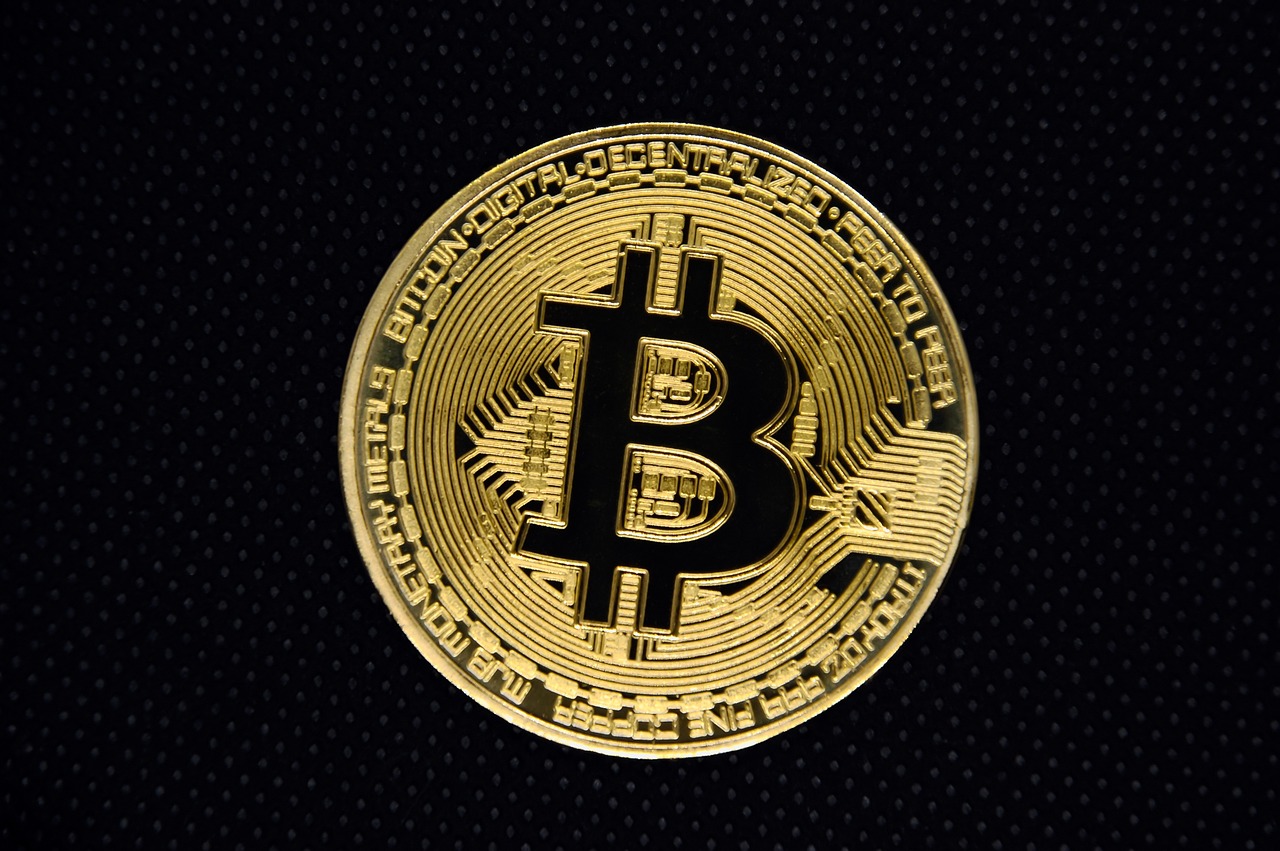
Transaction Fees and Limits
When diving into the world of cryptocurrencies, understanding transaction fees and limits is crucial for making informed decisions. These fees can vary significantly from one wallet to another, and they can impact your overall trading experience. Imagine you're at a carnival, and each game has a different ticket price. Some games are worth the cost, while others might leave you feeling cheated. The same principle applies to crypto wallets.
Transaction fees are the costs associated with sending or receiving cryptocurrencies. They can be flat rates, variable rates, or percentage-based, depending on the wallet's structure. For instance, some wallets might charge a fixed fee per transaction, while others might take a small percentage of the total amount being transferred. Understanding these fee structures is essential because they can eat into your profits, especially if you're a frequent trader. Here’s a quick overview of common fee structures:
| Fee Structure | Description |
|---|---|
| Fixed Fees | A set amount charged per transaction, regardless of the transaction size. |
| Variable Fees | Fees that fluctuate based on network congestion or transaction size. |
| Percentage-based Fees | A fee that is a percentage of the transaction amount, which can vary with the size of the transaction. |
In addition to fees, it's also important to consider withdrawal and deposit limits. Many wallets impose restrictions on how much you can deposit or withdraw within a specific timeframe. These limits can significantly affect your trading strategy. For example, if you plan to make large trades, a wallet with low withdrawal limits could hinder your ability to execute trades swiftly. Always check these limits before committing to a wallet.
To give you a clearer picture, here’s a brief example of how different wallets might handle transaction limits:
| Wallet Type | Deposit Limit | Withdrawal Limit |
|---|---|---|
| Wallet A | $10,000/day | $5,000/day |
| Wallet B | No limit | $10,000/week |
| Wallet C | $1,000/day | $1,000/day |
As you can see from the examples, the limits can vary widely, and they can affect how you manage your assets. It’s essential to choose a wallet that aligns with your trading habits and financial goals. After all, you wouldn’t want to find yourself in a situation where you can’t access your funds when you need them the most!
In summary, when evaluating a crypto wallet, take the time to analyze both transaction fees and limits. These factors can greatly influence your trading efficiency and overall satisfaction with the wallet. Just like choosing the right carnival game, making an informed decision can lead to a more rewarding experience in the crypto space.
- What are transaction fees? Transaction fees are costs associated with sending or receiving cryptocurrencies, which can vary based on the wallet and network conditions.
- Why do wallets have withdrawal limits? Withdrawal limits are set to manage risk and ensure liquidity, preventing excessive withdrawals that could affect the wallet's operations.
- How can I find the best wallet for my needs? Evaluate wallets based on transaction fees, limits, supported cryptocurrencies, and user reviews to find one that suits your trading style.
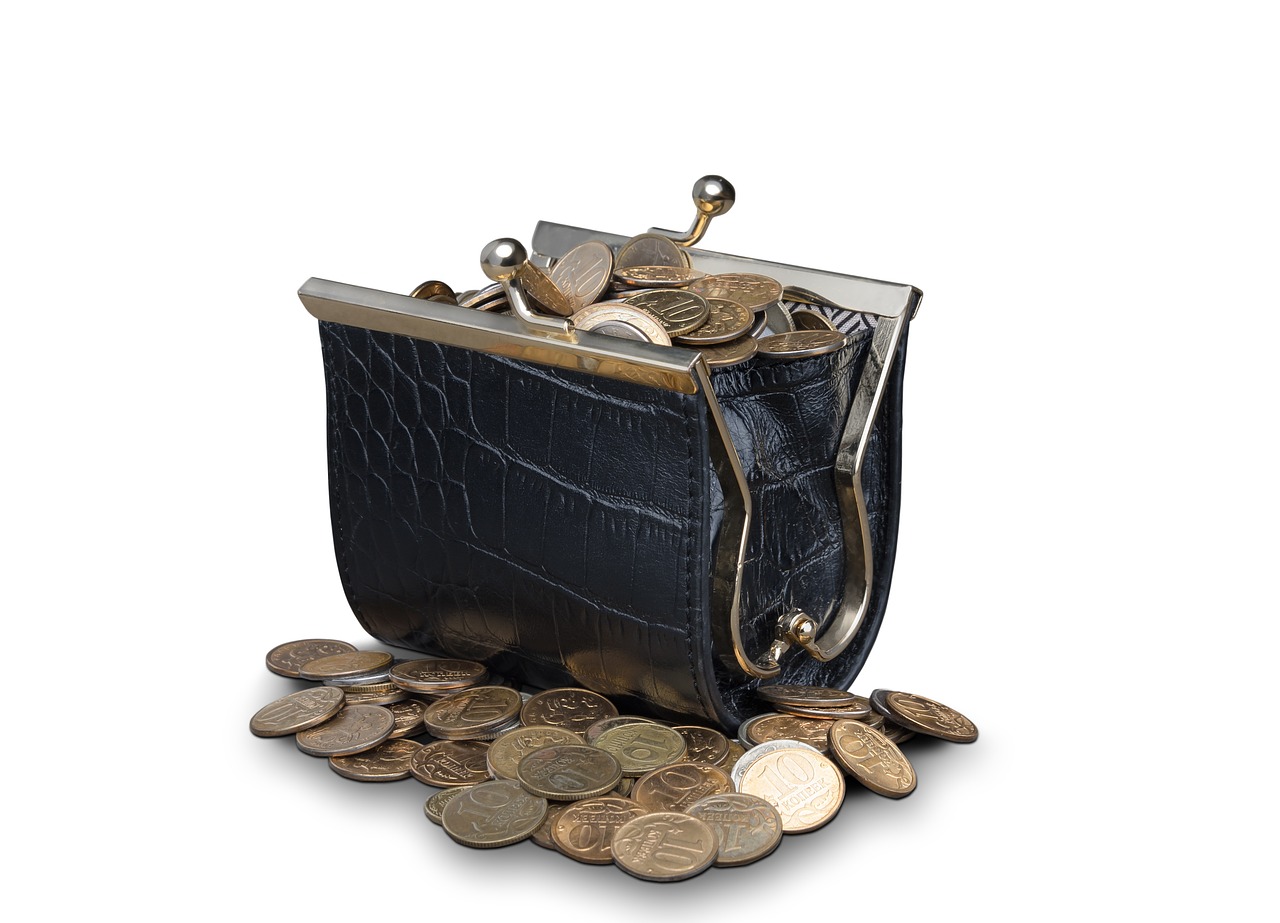
Fee Structures
When diving into the world of crypto wallets, understanding is crucial for making an informed choice. Different wallets have varying methods for charging fees, and these can significantly impact your overall trading costs. Generally, there are three common types of fee structures: fixed fees, variable fees, and percentage-based fees. Each type has its own implications, and knowing how they work can help you choose the right wallet for your needs.
Fixed fees are straightforward; they charge a flat rate for each transaction, regardless of the amount being transferred. This can be beneficial for users making larger transactions, as the fee remains the same no matter how much crypto is being sent. However, if you’re frequently dealing with smaller amounts, fixed fees can become disproportionately high.
On the other hand, variable fees fluctuate based on network conditions or transaction sizes. This means that during times of high demand, fees can spike, making it more expensive to send funds. While this structure may save you money during quieter periods, it can also lead to unexpected costs when the market is busy. It’s essential to keep an eye on the network congestion to avoid surprise fees.
Lastly, percentage-based fees charge a small percentage of the transaction amount. This structure is often favored by wallets that cater to high-volume traders, as it scales with the size of the transaction. However, if you’re not trading in large amounts, these fees can add up quickly, especially if you’re making multiple transactions.
To illustrate these differences, here’s a simple
| Fee Type | Description | Best For |
|---|---|---|
| Fixed Fees | A flat rate per transaction | Users making large transactions |
| Variable Fees | Fees that change based on network conditions | Users comfortable with fluctuating costs |
| Percentage-Based Fees | A percentage of the transaction amount | High-volume traders |
Ultimately, the best fee structure for you depends on your trading habits. If you’re a casual trader, a wallet with fixed fees might be more suitable, while active traders may prefer the flexibility of variable or percentage-based fees. Always take the time to read the fine print and understand how these fees will affect your trading strategy before committing to a wallet.
- What are transaction fees? Transaction fees are charges applied by wallets for processing transactions on the blockchain.
- How can I minimize fees? Choose a wallet with a fee structure that aligns with your trading habits and monitor network conditions to time your transactions.
- Are there wallets with no fees? Some wallets may offer zero fees, but they might have other costs or limitations, so it's essential to read the details.
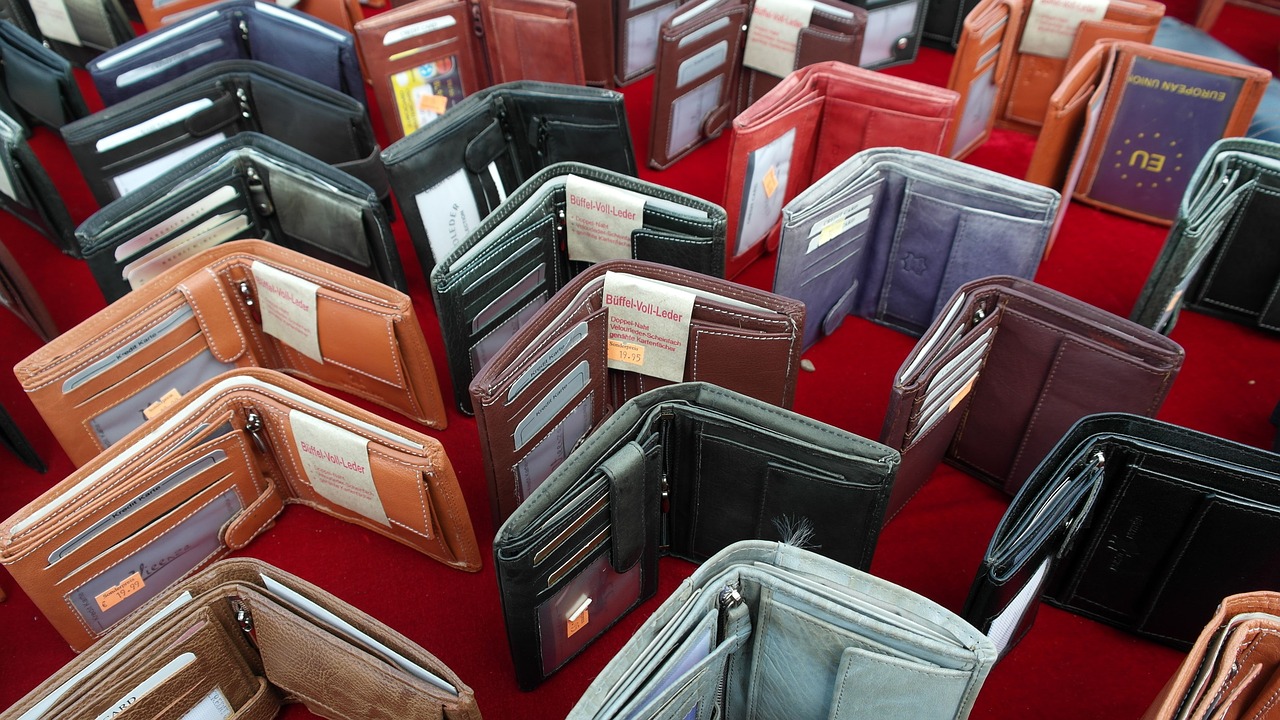
Withdrawal and Deposit Limits
When diving into the world of cryptocurrency, understanding is crucial for managing your investments effectively. Different wallets impose varying limits, which can significantly impact how you trade and access your funds. Imagine having a treasure chest but only being able to take out a handful of coins each time; that’s how restrictive limits can feel.
Typically, wallets will set these limits based on several factors, including user verification levels, the type of wallet, and even the cryptocurrency in question. For instance, a wallet may allow higher limits for verified users compared to unverified ones. This tiered approach aims to enhance security but can also frustrate users who want quick access to their assets.
It’s essential to check the specific limits imposed by your chosen wallet. Many wallets will have different withdrawal and deposit limits for various cryptocurrencies. For example, Bitcoin might have a higher limit compared to lesser-known altcoins. This discrepancy can affect your trading strategies, especially if you plan on making larger transactions.
| Cryptocurrency | Deposit Limit | Withdrawal Limit |
|---|---|---|
| Bitcoin (BTC) | $10,000 | $5,000 per day |
| Ethereum (ETH) | $8,000 | $4,000 per day |
| Litecoin (LTC) | $5,000 | $2,500 per day |
Understanding these limits can save you from potential headaches down the line. For instance, if you plan on trading frequently, a wallet with low withdrawal limits might hinder your ability to react quickly to market changes. It’s like trying to sprint with your shoelaces tied together; it just doesn’t work well.
Additionally, some wallets offer the option to increase your limits through additional verification steps. This is worth considering if you foresee needing more flexibility in your transactions. Always read the fine print and understand what steps are necessary to elevate your limits.
In conclusion, being aware of is a vital aspect of choosing the right crypto wallet for your needs. It allows you to plan your trading strategies more effectively and ensures you can access your funds when you need them most. So, before you dive into the crypto waters, take a moment to familiarize yourself with the limits of your chosen wallet—it could make all the difference!
- What are withdrawal limits? Withdrawal limits refer to the maximum amount of cryptocurrency or fiat currency you can withdraw from your wallet within a specific timeframe.
- Can I increase my withdrawal limits? Yes, many wallets allow users to increase their withdrawal limits by completing additional verification steps.
- Do all wallets have the same limits? No, withdrawal and deposit limits vary significantly between different wallets and can also differ between cryptocurrencies.
- Why are there limits on withdrawals and deposits? Limits are primarily set to enhance security and reduce the risk of fraud or unauthorized access to funds.
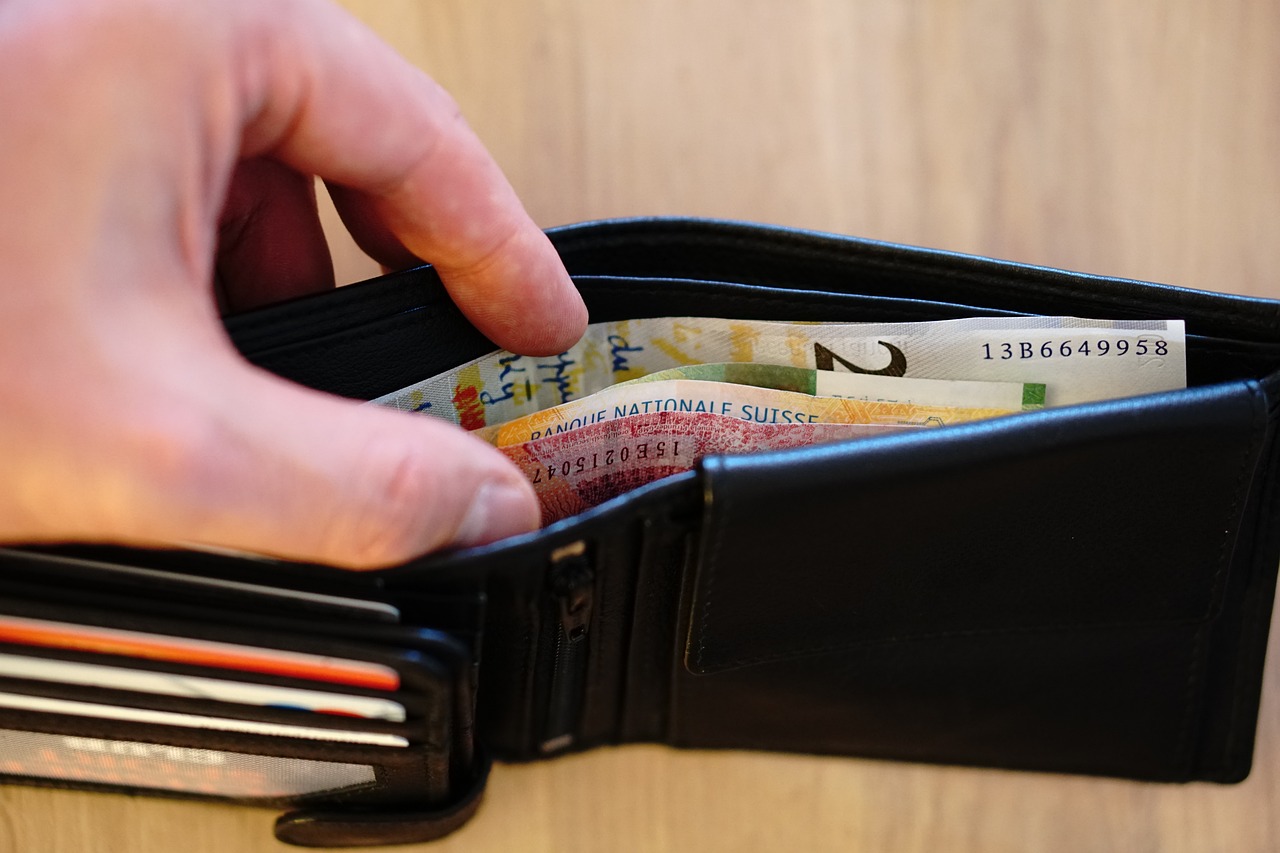
Compatibility and Integration
When diving into the world of cryptocurrency wallets, one of the most crucial aspects to consider is compatibility and integration. This isn't just a technical detail; it's the backbone of how well you can manage your digital assets. Imagine trying to fit a square peg in a round hole—if your wallet doesn't support the cryptocurrencies you own, it can lead to frustration and inefficiency. Therefore, assessing the compatibility of a wallet with various cryptocurrencies is essential for anyone serious about their crypto investments.
Not all wallets are created equal, and their ability to support different cryptocurrencies varies significantly. Some wallets are designed to handle a wide array of digital assets, while others may focus on a specific type or a handful of popular coins. For instance, a wallet that supports Bitcoin might not necessarily support Ethereum or any altcoins. Thus, before you settle on a wallet, check its supported cryptocurrencies. A good practice is to refer to the wallet's official website or documentation, which typically provides a comprehensive list of supported assets.
| Wallet Type | Supported Cryptocurrencies |
|---|---|
| Hardware Wallet | Bitcoin, Ethereum, Litecoin, Ripple, and more |
| Software Wallet | Bitcoin, Ethereum, Dash, and many altcoins |
| Paper Wallet | Bitcoin, Ethereum (manual entry required) |
Furthermore, the integration of a wallet with various exchanges can significantly enhance your trading experience. Imagine having a wallet that allows you to buy, sell, and trade cryptocurrencies seamlessly without needing to jump through hoops. This is where exchange integration comes into play. A wallet that offers direct links to popular exchanges can save you a lot of time and effort. It allows for easy transfers and can streamline your overall crypto management process, making it easier to react to market changes swiftly.
When evaluating a wallet's integration capabilities, consider the following:
- Ease of Transfers: How simple is it to move assets between your wallet and exchanges?
- Trading Features: Does the wallet allow you to trade directly from the interface?
- API Support: If you're a developer, does the wallet provide API access for custom integrations?
In conclusion, compatibility and integration are not just technical jargon; they are fundamental aspects that can make or break your experience with a crypto wallet. A wallet that supports a wide range of cryptocurrencies and offers seamless integration with exchanges can significantly enhance your trading efficiency and overall satisfaction. So, take the time to do your homework, and ensure that your chosen wallet aligns perfectly with your crypto journey.
1. What is the most important factor to consider when choosing a crypto wallet?
The most important factor is compatibility with the cryptocurrencies you wish to store and manage. Ensure that the wallet supports all the assets in your portfolio.
2. How can I verify if a wallet supports my desired cryptocurrency?
You can check the wallet's official website or user documentation, which typically lists all supported cryptocurrencies.
3. What are the benefits of a wallet with exchange integration?
A wallet with exchange integration allows for seamless trading, quicker transfers, and a more efficient management experience without needing to switch between multiple platforms.
4. Are there any risks associated with using a wallet that supports many cryptocurrencies?
Yes, the more cryptocurrencies a wallet supports, the more complex its security may become. It's crucial to choose a wallet that maintains high-security standards while offering a wide range of support.
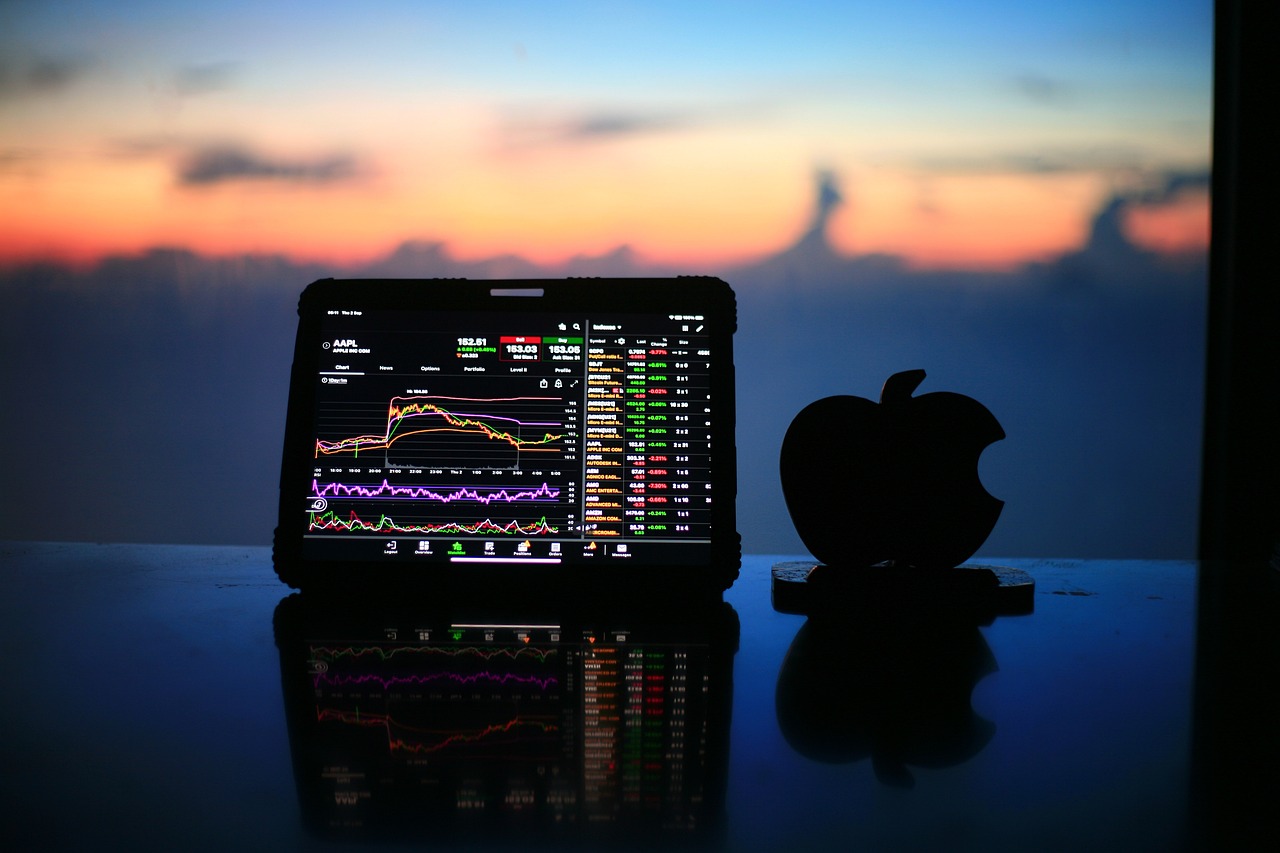
Supported Cryptocurrencies
When it comes to selecting a crypto wallet, one of the most critical factors to consider is the range of supported cryptocurrencies. Not all wallets are created equal, and many are tailored to specific digital assets. This means that if you’re an investor with a diverse portfolio, you’ll want to ensure that your chosen wallet can accommodate all your needs. Imagine trying to fit a square peg into a round hole; that’s what it feels like when you attempt to manage various cryptocurrencies with a wallet that only supports a select few.
Most wallets will typically support popular cryptocurrencies such as Bitcoin (BTC), Ethereum (ETH), and Litecoin (LTC). However, if you're looking into lesser-known altcoins or tokens, you might find that some wallets have limited support. For instance, a wallet designed for trading DeFi tokens may not support stablecoins or even major cryptocurrencies. Therefore, it’s essential to conduct thorough research before making your choice.
Here’s a quick comparison table to illustrate the support for various cryptocurrencies across different wallet types:
| Wallet Type | Bitcoin (BTC) | Ethereum (ETH) | Litecoin (LTC) | Ripple (XRP) | Dogecoin (DOGE) |
|---|---|---|---|---|---|
| Hardware Wallet | ✔️ | ✔️ | ✔️ | ✔️ | ✔️ |
| Software Wallet | ✔️ | ✔️ | ✔️ | ❌ | ✔️ |
| Mobile Wallet | ✔️ | ✔️ | ❌ | ✔️ | ✔️ |
| Paper Wallet | ✔️ | ✔️ | ✔️ | ✔️ | ✔️ |
As you can see from the table, hardware wallets generally offer the most comprehensive support across a wide range of cryptocurrencies, making them a popular choice for serious investors. On the other hand, software and mobile wallets may have limitations, especially concerning less popular currencies. Therefore, if you’re heavily invested in altcoins, it might be wise to choose a wallet that explicitly states its support for those assets.
Moreover, it’s essential to stay updated about the wallet’s supported cryptocurrencies, as many wallets frequently add new coins to their roster. This is especially true in the fast-paced world of cryptocurrency, where new projects emerge regularly. By selecting a wallet that not only meets your current needs but also adapts to future trends, you can ensure that your investment remains secure and accessible.
In conclusion, the range of supported cryptocurrencies is a vital criterion when evaluating crypto wallets. Take the time to analyze not just the popular coins, but also the lesser-known tokens that may be part of your investment strategy. This will not only save you time but also enhance your overall crypto experience.
- What is the most secure type of crypto wallet? Hardware wallets are often considered the most secure option due to their offline storage capabilities.
- Can I use multiple wallets for different cryptocurrencies? Absolutely! Many users prefer to use multiple wallets to manage different assets efficiently.
- How do I know if my wallet supports a specific cryptocurrency? Always check the wallet's official website or documentation for a list of supported coins.
- Are there any fees associated with using crypto wallets? Yes, different wallets have varying fee structures, so it's essential to review these before selecting one.
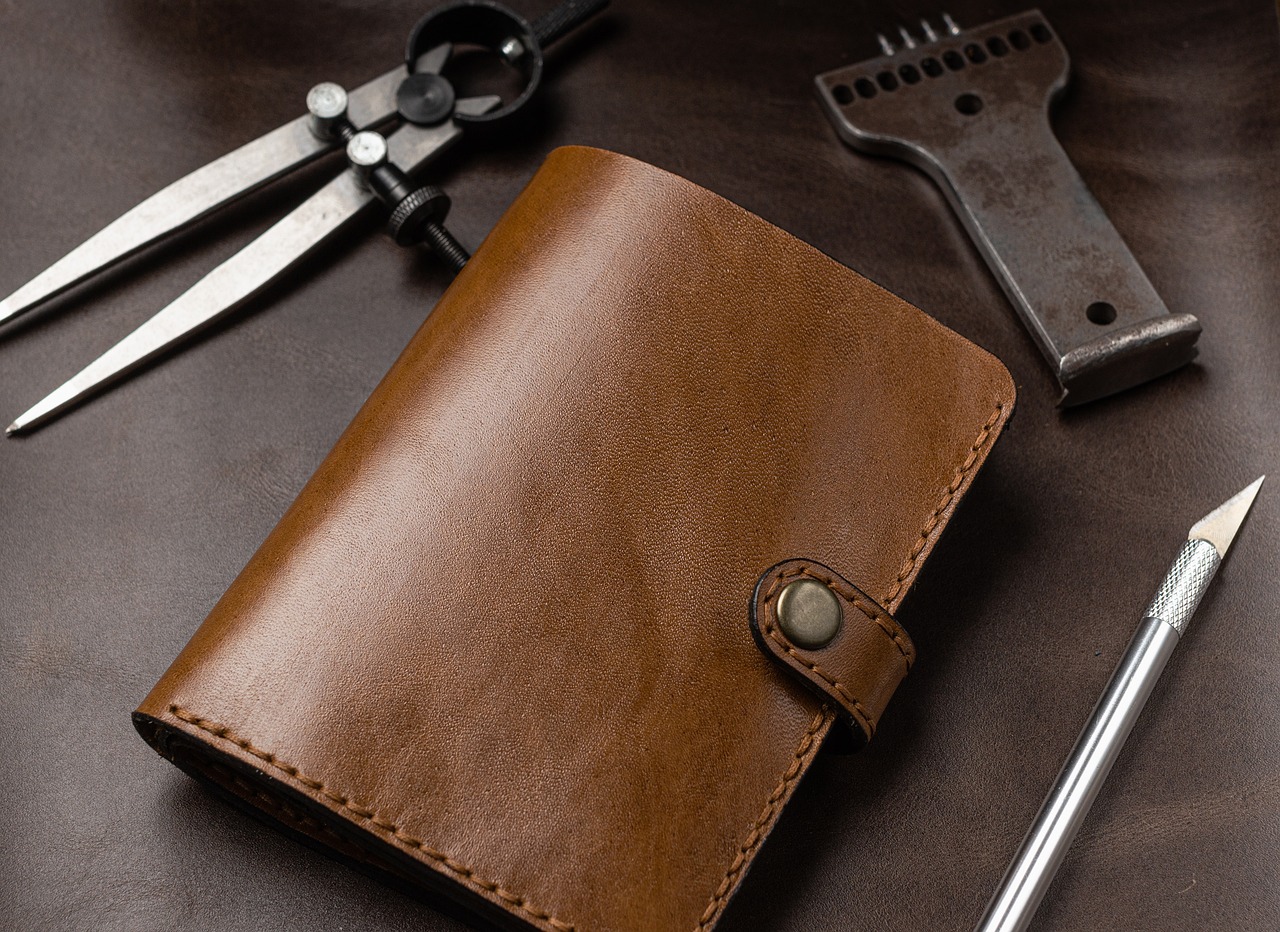
Exchange Integration
When it comes to choosing a crypto wallet, one of the most critical factors to consider is its integration with exchanges. Imagine trying to juggle multiple balls in the air; that’s what managing your crypto assets can feel like without a wallet that seamlessly connects with trading platforms. A wallet that offers smooth integration allows you to transfer funds, trade, and manage your portfolio without the hassle of switching between different apps and services. This level of convenience not only saves time but also enhances your overall trading experience.
Moreover, the ability to execute trades directly from your wallet can significantly enhance your responsiveness to market changes. For instance, if you hear about a sudden price drop or surge, being able to act quickly can mean the difference between profit and loss. Therefore, wallets that support direct trading functionalities with exchanges are often more appealing to active traders. It's like having a fast lane in a busy highway—you're able to navigate the crypto market with ease and efficiency.
Additionally, consider the security features associated with exchange integration. Not all wallets prioritize secure connections with exchanges, which can expose your assets to potential risks. Look for wallets that utilize secure APIs and have a good reputation for safeguarding user data. This is critical because, in the world of cryptocurrencies, security breaches can lead to devastating losses.
To help you better understand the importance of exchange integration, here’s a quick comparison of wallet features:
| Wallet Type | Exchange Integration | Security Level |
|---|---|---|
| Software Wallet | Often provides direct integration with popular exchanges | Moderate to High |
| Hardware Wallet | Limited integration; usually requires manual transfers | Very High |
| Paper Wallet | No integration; requires manual entry | Very High |
In summary, when evaluating a crypto wallet, consider how well it integrates with your preferred exchanges. The right wallet will not only make your trading process smoother but also enhance your security and overall user experience. Remember, in the fast-paced world of cryptocurrencies, having the right tools at your disposal can make all the difference.
- What is exchange integration in crypto wallets?
Exchange integration refers to the ability of a crypto wallet to connect directly with trading platforms, allowing users to trade and manage their assets without switching applications.
- Why is exchange integration important?
It simplifies the trading process, enabling users to react quickly to market changes and manage their portfolios more efficiently.
- Are there security risks associated with exchange integration?
Yes, not all wallets prioritize security when connecting to exchanges. It's essential to choose wallets that use secure APIs to protect your assets.
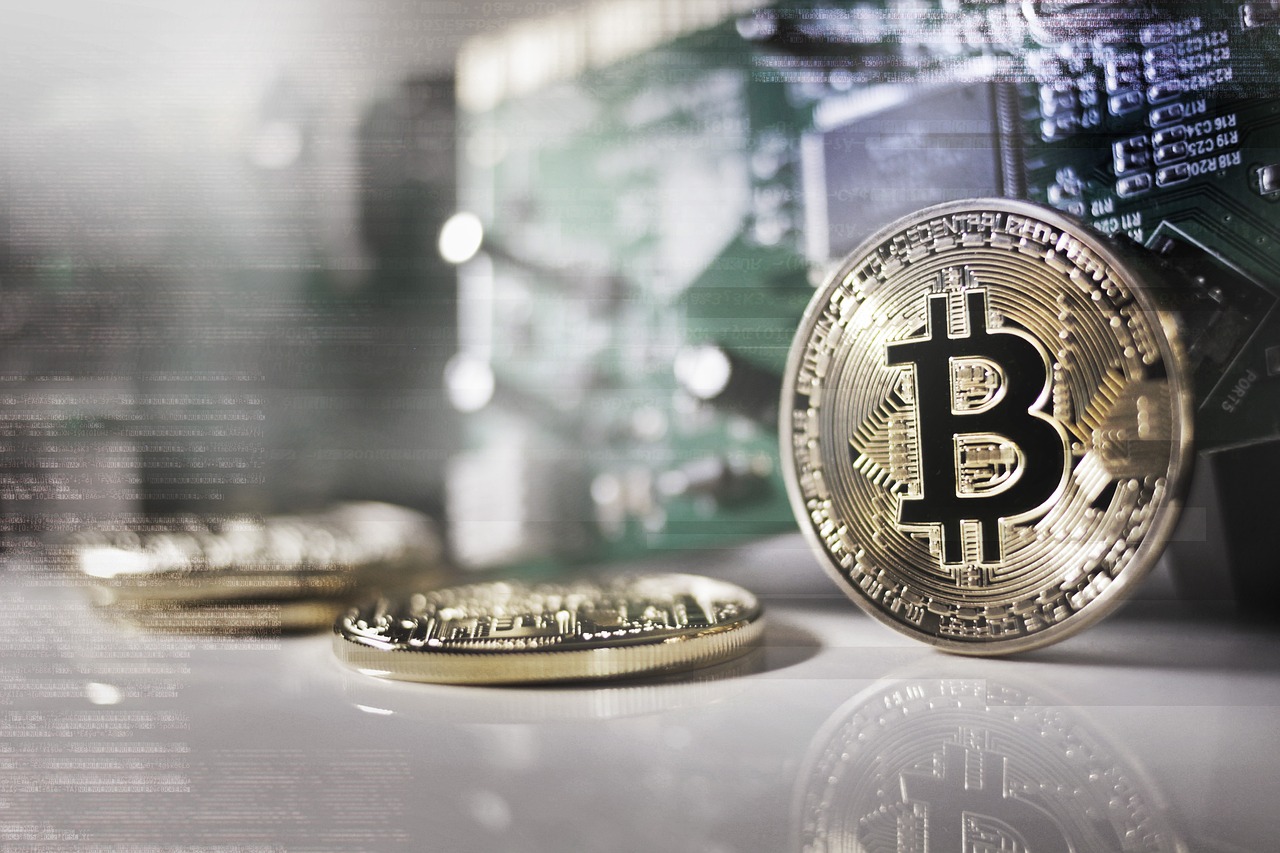
Performance Metrics and Reviews
When it comes to choosing a crypto wallet, performance metrics and user reviews are like the compass that guides you through the vast ocean of options. Think of them as the breadcrumbs left by others who have navigated these waters before you. Evaluating these metrics can help you avoid the rocky shores of unreliable wallets and steer towards those that truly deliver on their promises.
One of the most critical aspects to consider is transaction speed. In the fast-paced world of cryptocurrency, delays can cost you money. Imagine trying to buy a hot new coin only to find that your wallet is lagging behind. A wallet that processes transactions quickly can make all the difference, especially during market surges. Additionally, users should keep an eye on downtime. A wallet that frequently goes offline can be a huge inconvenience, especially if you need to access your funds urgently.
To illustrate this, let’s look at a simple
| Wallet Name | Transaction Speed (seconds) | Downtime (per month) | User Rating (out of 5) |
|---|---|---|---|
| Wallet A | 2 | 1 hour | 4.8 |
| Wallet B | 5 | 2 hours | 4.5 |
| Wallet C | 3 | 30 minutes | 4.9 |
This table gives you a snapshot of how different wallets stack up against each other. As you can see, Wallet C has the best user rating and the least downtime, making it a potentially excellent choice for users who prioritize reliability.
But performance metrics alone won't give you the full picture. User reviews provide the context and insight that raw data sometimes lacks. They can reveal common pain points or highlight features that might not be immediately obvious. For instance, a wallet may boast a high transaction speed, but if users frequently complain about poor customer service or complicated interfaces, that’s a red flag you shouldn't ignore.
In today's digital age, user feedback is more accessible than ever. Platforms like Reddit and specialized crypto forums often feature in-depth discussions about various wallets. Engaging with these communities can help you gather valuable insights. After all, who better to inform you about a wallet's performance than those who have used it?
In conclusion, when evaluating a crypto wallet, don't just look at the numbers. Dive deep into user reviews and performance metrics to get a holistic view of what each wallet offers. By doing so, you’ll be better equipped to make an informed decision that aligns with your trading needs and security preferences.
- What are the most important performance metrics for crypto wallets?
Key metrics include transaction speed, downtime, and user ratings. - How can I find reliable user reviews?
Check crypto forums, social media platforms, and review sites for authentic user feedback. - Why is transaction speed important?
Faster transaction speeds can help you capitalize on market opportunities without delays.

User Ratings and Feedback
When it comes to choosing the right crypto wallet, serve as invaluable tools for potential users. These ratings provide a glimpse into the real-world experiences of other users, highlighting both the strengths and weaknesses of various wallets. Imagine walking into a restaurant and seeing a menu filled with dishes, but the only thing that can truly guide your choice is the buzz from those who have dined there before. Similarly, user feedback can steer you toward a wallet that meets your needs and expectations.
Most wallet platforms allow users to leave reviews, and these can range from detailed accounts of their experiences to simple star ratings. For instance, a wallet that offers a seamless user experience might receive high ratings for its interface design and ease of use, while another might be criticized for slow transaction speeds or poor customer support. It's essential to sift through these reviews, focusing on the recurring themes that emerge. Are users consistently praising the wallet's security features? Or are there red flags regarding transaction fees that seem to pop up time and again?
To help visualize this, consider the following table summarizing common feedback themes across different wallets:
| Wallet Name | User Rating | Common Praise | Frequent Complaints |
|---|---|---|---|
| Wallet A | 4.5/5 | Easy to use, strong security | High transaction fees |
| Wallet B | 3.8/5 | Great customer support | Slow transaction times |
| Wallet C | 4.0/5 | Wide range of supported currencies | Complex interface |
Additionally, many users share their experiences on social media and crypto forums. Engaging with these platforms can provide further insights into the wallet's performance. Are there any trending issues that users are discussing? Has the wallet's team been responsive to complaints and feedback? This kind of engagement can reveal a lot about how the wallet operates and how much they value their user community.
Ultimately, while user ratings and feedback are crucial, they should be part of a broader evaluation process. Consider combining this information with other performance metrics, such as transaction speeds and security features, to form a comprehensive view of the wallet's capabilities. Remember, choosing a crypto wallet is not just about finding the most popular option; it's about finding the one that aligns with your unique needs and trading habits.
- What should I look for in a crypto wallet?
Look for security features, usability, transaction fees, and compatibility with your preferred cryptocurrencies.
- Are user ratings reliable?
While they can provide valuable insights, it’s essential to consider a wide range of reviews and not just rely on a few ratings.
- How often should I check wallet reviews?
Regularly, especially if you’re considering a new wallet or if you notice changes in the wallet's performance.

Performance Benchmarks
When it comes to evaluating the performance of crypto wallets, serve as essential indicators that inform users about how efficiently a wallet operates. These benchmarks can include a variety of metrics, but the most critical ones are transaction speed and downtime. Imagine trying to send a payment to a friend, only to find that your wallet is taking an eternity to process the transaction—frustrating, right? A wallet's ability to execute transactions swiftly is crucial, especially in the fast-paced world of cryptocurrency trading.
Transaction speed is typically measured in seconds or minutes, and it reflects how quickly a wallet can send or receive funds. For example, some wallets may boast transaction times of just a few seconds, while others might take several minutes. This difference can significantly affect your trading strategy, especially during market volatility when every second counts. Therefore, before committing to a wallet, it's wise to look for user reviews or performance reports that highlight transaction speeds.
On the other hand, downtime refers to the periods when a wallet is unavailable due to maintenance or technical issues. A wallet that frequently experiences downtime can lead to missed trading opportunities and increased frustration. Users should seek wallets with a track record of reliability and minimal downtime. Many wallet providers will publish their uptime statistics, so it's beneficial to check these before making a choice.
To give you a clearer picture, here’s a table summarizing some performance benchmarks of popular crypto wallets:
| Wallet Name | Average Transaction Speed | Uptime Percentage |
|---|---|---|
| Wallet A | 2 seconds | 99.9% |
| Wallet B | 10 seconds | 99.5% |
| Wallet C | 5 seconds | 99.8% |
As you can see from the table, Wallet A stands out with its impressive transaction speed and high uptime percentage. This kind of information is invaluable when you're trying to choose the right wallet for your cryptocurrency needs. Remember, a wallet that performs well in these benchmarks can make your trading experience much smoother and more efficient.
In addition to transaction speed and uptime, consider other performance metrics such as response time for customer support and update frequency for security patches. A wallet that regularly updates its software is likely more secure and responsive to potential vulnerabilities. Ultimately, by focusing on these performance benchmarks, you can make a more informed decision and select a wallet that not only meets your needs but also enhances your overall crypto experience.
- What is the importance of transaction speed in crypto wallets?
Transaction speed is crucial because it determines how quickly you can send or receive funds. In a volatile market, faster transactions can lead to better trading opportunities. - How can I check a wallet's uptime?
Many wallet providers publish their uptime statistics on their websites or in their user documentation. Checking user reviews can also provide insights into a wallet's reliability. - Are performance benchmarks the only factors to consider when choosing a wallet?
While performance benchmarks are important, other factors such as security features, usability, and customer support should also be considered for a holistic evaluation.
Frequently Asked Questions
- What are the different types of crypto wallets?
There are several types of crypto wallets, including hardware wallets, software wallets, and paper wallets. Hardware wallets are physical devices that store your crypto offline, providing high security. Software wallets are applications that can be accessed on your computer or mobile device, offering convenience. Paper wallets involve printing your keys on paper, which can be a secure option if stored properly.
- How important is security in a crypto wallet?
Security is absolutely crucial when it comes to crypto wallets. With the increasing number of cyber threats, features like two-factor authentication (2FA), encryption, and regular backups can significantly enhance the safety of your assets. Always look for wallets that prioritize security to protect your investments.
- What is two-factor authentication (2FA) and why is it necessary?
Two-factor authentication (2FA) adds an extra layer of security by requiring two forms of verification before granting access to your wallet. This could be something you know (like a password) and something you have (like a mobile device). Implementing 2FA is essential because it greatly reduces the risk of unauthorized access, making it much harder for hackers to compromise your wallet.
- What should I consider regarding transaction fees?
Transaction fees can vary significantly between different wallets. It's important to understand the fee structure—whether it's fixed, variable, or percentage-based—so you can choose a wallet that aligns with your trading habits. Always consider how these fees will impact your overall trading costs.
- How do I assess the usability of a crypto wallet?
Usability can be assessed through the wallet's interface design, ease of navigation, and the quality of customer support. A user-friendly interface makes managing assets easier, while responsive customer support can help resolve issues quickly. Always test the wallet yourself to see if it meets your personal preferences.
- Are all wallets compatible with every cryptocurrency?
No, not all wallets support the same cryptocurrencies. It's essential to check which cryptocurrencies a wallet can manage before committing. This ensures you can store and transact with the entire range of your crypto assets without needing multiple wallets.
- How can I find reliable performance metrics for wallets?
You can find reliable performance metrics by checking user reviews, ratings, and performance benchmarks. Look for feedback regarding transaction speeds, downtime, and overall reliability. This information can be invaluable in helping you choose a wallet that meets your needs.



